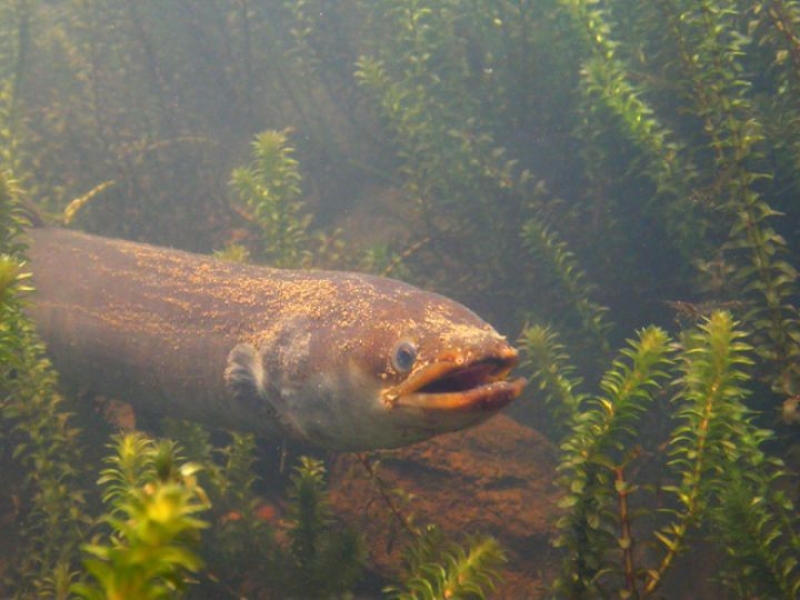Predicting which native fish species should be present in streams and rivers has just become much easier, thanks to new models developed by NIWA scientists. The models can help communities planning to restore waterways, and encourage the survival of rare native fish.
What can our new models tell us?
We can now map New Zealand’s rivers and streams to show where particular fish species can be expected to be found. We have concentrated on New Zealand’s diadromous native fish species – fish which migrate between streams and the sea at different times in their life cycles. Our models predict the distributions of 15 native diadromous fish species across New Zealand’s river and stream network.
Uses of the models
1.Finding and encouraging rare native fish
The models could be useful for identifying segments of stream with conditions that suit rare species, based on what we know about the places where those species already exist.
This information could guide targeted searching in an attempt to find new populations. It could also guide efforts to reduce rare species’ vulnerability to extinction by identifying new sites where the species might successfully establish.
2.Guiding restoration projects
One of the most striking features of New Zealand conservation over the past decade has been the increased number of attempts to restore whole ecosystems. Community groups are responsible for a lot of this activity.
Our models can guide restoration projects, and identify species for groups to focus efforts on. We can predict the expected mix of fish species that should be present, if appropriate restoration activities are carried out.
The models can also indicate where to concentrate efforts, by identifying places where a range of diadromous species can be expected if the right conditions are provided. For example, we now know that the best sites for restoration are likely to be coastal locations in hill country; also more inland sites in low gradient river systems.
The modelling focuses on native diadromous species, but it could apply to native non-diadromous species as well. Restoration for these species is expected to be more difficult, because of their much more localised distribution.
Contact: John Leathwick, NIWA Hamilton ([email protected])
Read the full paper – New Zealand Journal of Freshwater and Marine Research 43 (3)
For more information about NZ’s diadromous fish, see:
http://www.treasuresofthesea.org.nz/diadromous-freshwater-fishes

